Which of the following compounds is the weakest Bronsted base?
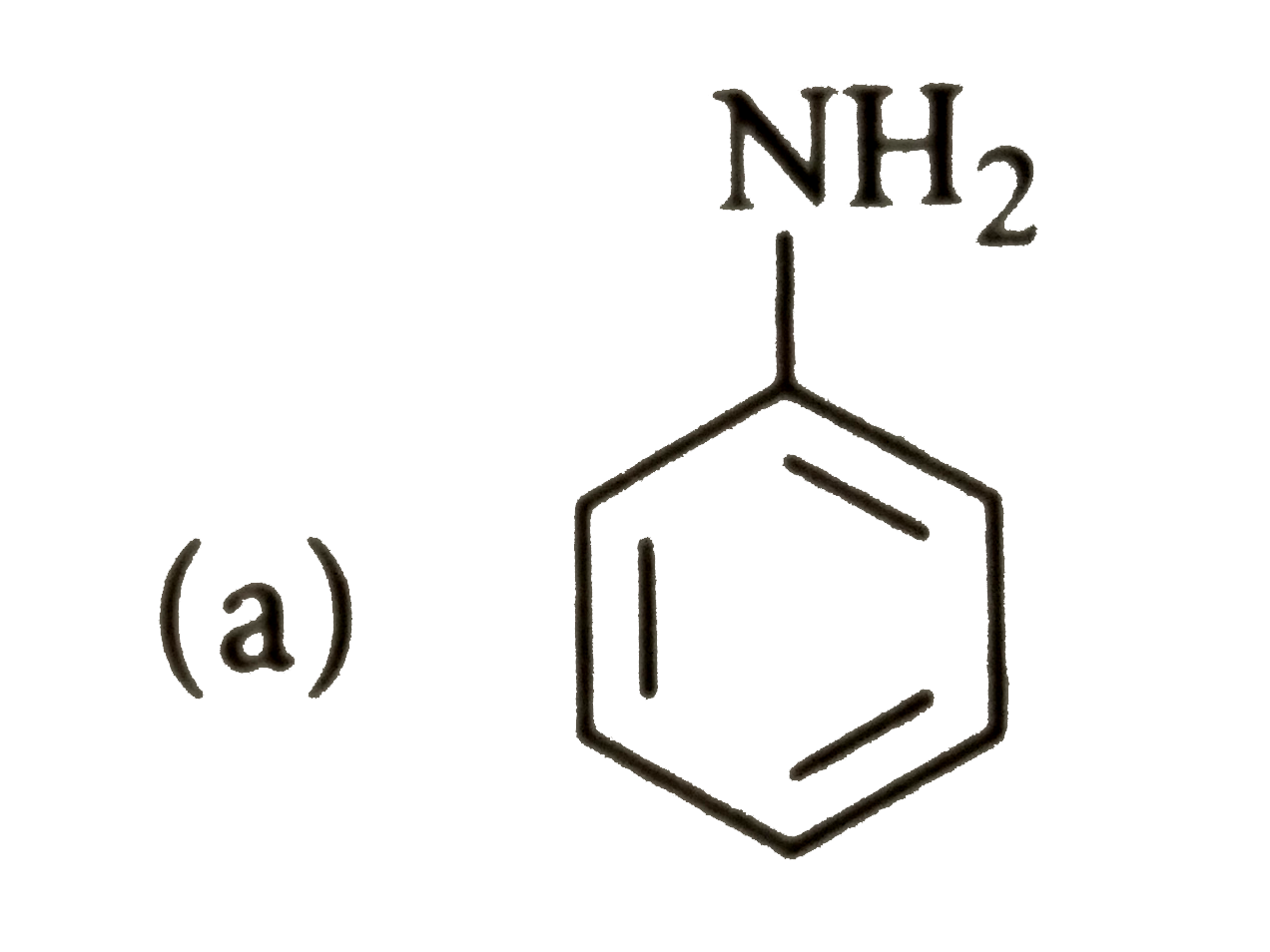
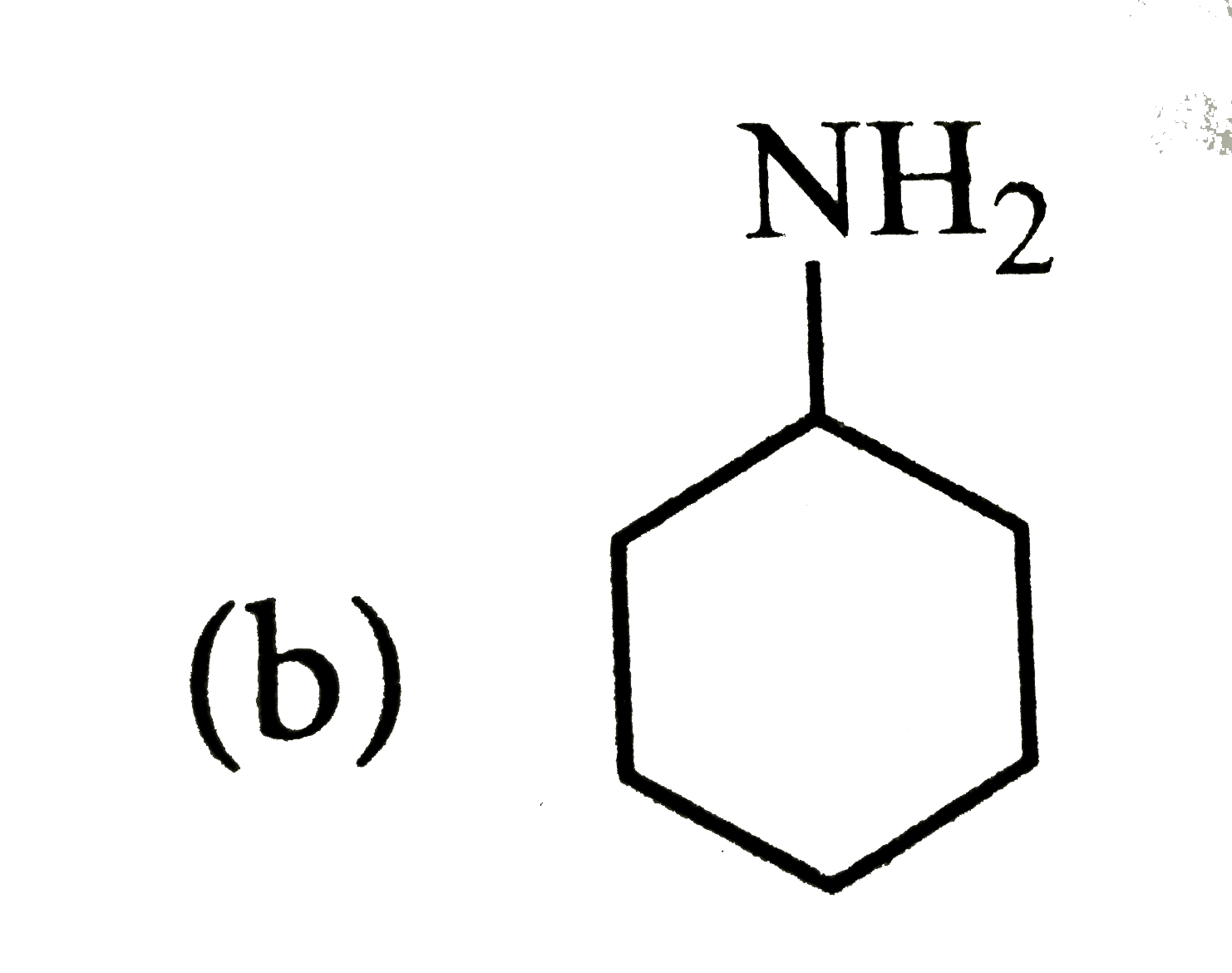
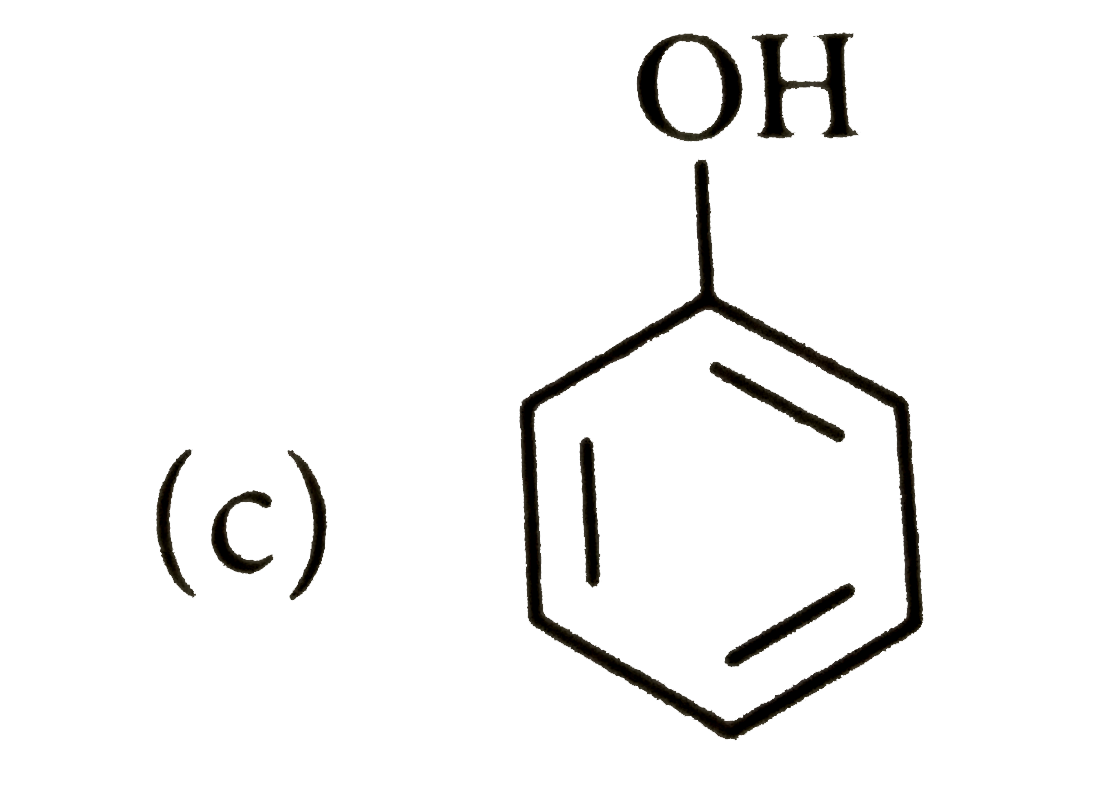
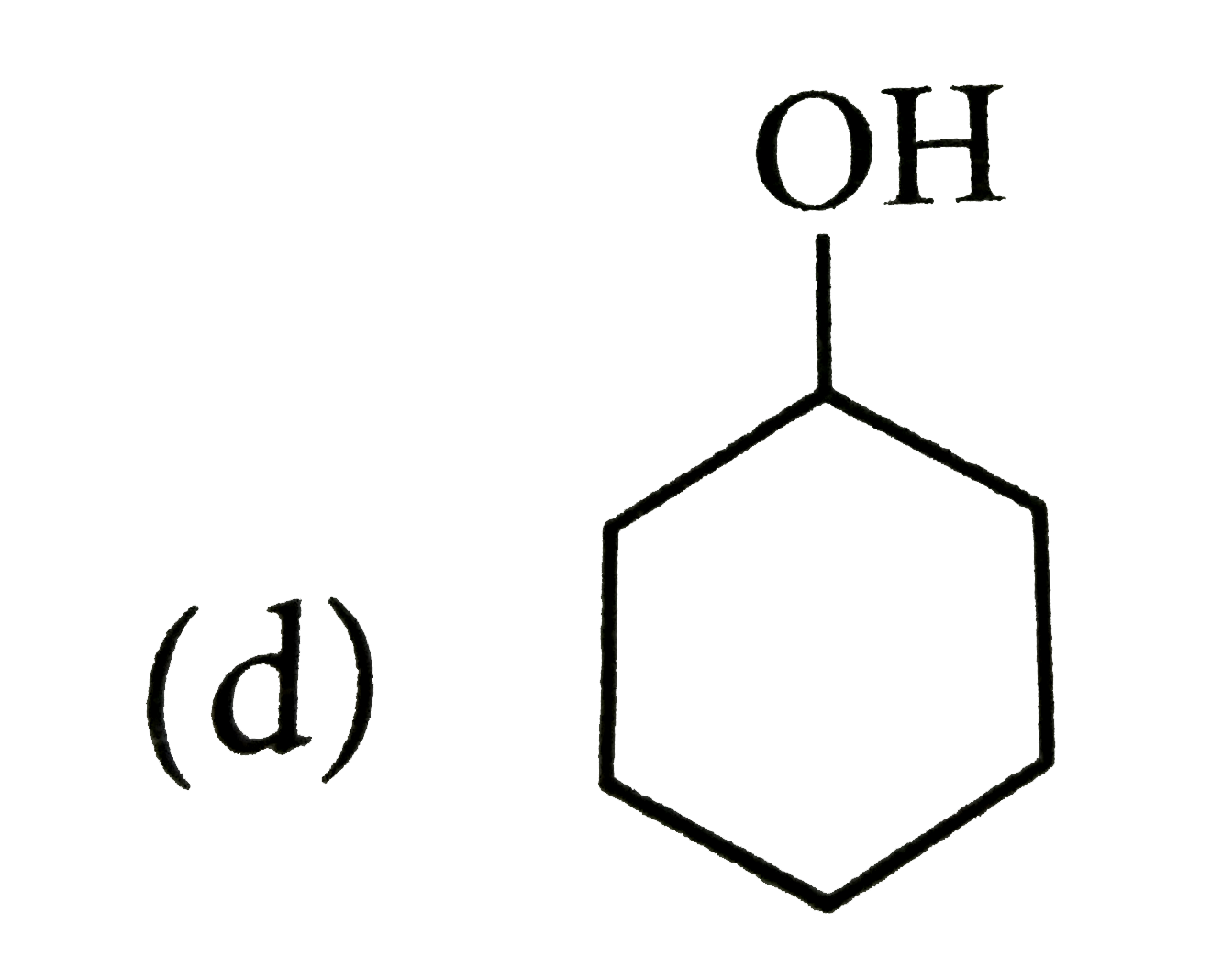
To determine which of the given compounds is the weakest Bronsted base, we need to analyze the compounds based on their ability to accept protons (H⁺ ions). A Bronsted base is defined as a species that can accept protons easily.
1. Identify the Compounds:
Let's assume the compounds in question are A, B, C, and D. For the sake of this solution, we will consider them to be aniline (A), a simple amine (B), phenol (C), and an alcohol (D).
2. Understand Basicity:
Basicity in Bronsted terms refers to the ability of a compound to accept a proton. The more readily a compound can accept a proton, the stronger the Bronsted base it is.
3. Analyze the Lone Pairs:
- Amines (A and B): Amines have a lone pair of electrons on the nitrogen atom. In aniline (A), this lone pair is delocalized due to resonance with the aromatic ring, making it less available to accept protons. In simple amines (B), the lone pair is localized and more available for protonation, making it a stronger base.
- Phenol (C): Phenol has a hydroxyl group (-OH) where the oxygen atom has lone pairs. However, the electronegativity of oxygen means it holds onto its lone pairs more tightly, making it less likely to donate them to protons.
- Alcohol (D): Similar to phenol, alcohols also have hydroxyl groups. They are generally less basic than amines because the lone pairs on oxygen are not as available for protonation.
4. Compare Basicity:
- Between A (aniline) and B (simple amine), B is a stronger Bronsted base due to the localized lone pair.
- Between C (phenol) and D (alcohol), both are weak bases, but phenol is generally less basic than alcohol due to the resonance stabilization of its lone pair.
- Therefore, between C and D, phenol (C) is the weakest Bronsted base.
5. Conclusion:
Based on the analysis, the compound that is the weakest Bronsted base among the given options is C (phenol). It has the least tendency to accept protons compared to the other compounds.
Final Answer:
C is the weakest Bronsted base.
Let's assume the compounds in question are A, B, C, and D. For the sake of this solution, we will consider them to be aniline (A), a simple amine (B), phenol (C), and an alcohol (D).
Basicity in Bronsted terms refers to the ability of a compound to accept a proton. The more readily a compound can accept a proton, the stronger the Bronsted base it is.
- Amines (A and B): Amines have a lone pair of electrons on the nitrogen atom. In aniline (A), this lone pair is delocalized due to resonance with the aromatic ring, making it less available to accept protons. In simple amines (B), the lone pair is localized and more available for protonation, making it a stronger base.
- Phenol (C): Phenol has a hydroxyl group (-OH) where the oxygen atom has lone pairs. However, the electronegativity of oxygen means it holds onto its lone pairs more tightly, making it less likely to donate them to protons.
- Alcohol (D): Similar to phenol, alcohols also have hydroxyl groups. They are generally less basic than amines because the lone pairs on oxygen are not as available for protonation.
- Between A (aniline) and B (simple amine), B is a stronger Bronsted base due to the localized lone pair.
- Between C (phenol) and D (alcohol), both are weak bases, but phenol is generally less basic than alcohol due to the resonance stabilization of its lone pair.
- Therefore, between C and D, phenol (C) is the weakest Bronsted base.
Based on the analysis, the compound that is the weakest Bronsted base among the given options is C (phenol). It has the least tendency to accept protons compared to the other compounds.
C is the weakest Bronsted base.
Topper's Solved these Questions
- AMINES BOOK - NCERT FINGERTPS ENGLISHCHAPTER - AMINES EXERCISE - NCERT EXEMPLER PROBLEMS
3 Videos
- AMINES BOOK - NCERT FINGERTPS ENGLISHCHAPTER - AMINES EXERCISE - ASSERTION & REASON CORNER
14 Videos
- AMINES BOOK - NCERT FINGERTPS ENGLISHCHAPTER - AMINES EXERCISE - HOTS
6 Videos
- ALDEHYDES, KETONES AND CARBOXYLIC ACIDSBOOK - NCERT FINGERTPS ENGLISHCHAPTER - ALDEHYDES, KETONES AND CARBOXYLIC ACIDSEXERCISE - Assertion And Reason
15 Videos
- BIOMOLECULESBOOK - NCERT FINGERTPS ENGLISHCHAPTER - BIOMOLECULESEXERCISE - Assertion And Reason
15 Videos
Similar Questions
Knowledge Check
Which of the following is the weakest Bronsted base?
A B
B C
C D
D
Which of the following compounds is strongest base?
A B
B C
C D
D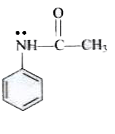
Which of the following is the weakest Bronsted base?
View SolutionWhich of the following is the weakest Bronsted base?
View SolutionWhich one of the following amines is the weakest base?
View SolutionWhich of the following compounds/ions can act as bronsted acid as well as a bronsted base?
View SolutionWhich of the following is the weakest base:-
View SolutionWhich of the following is the weakest base ?
View Solution
